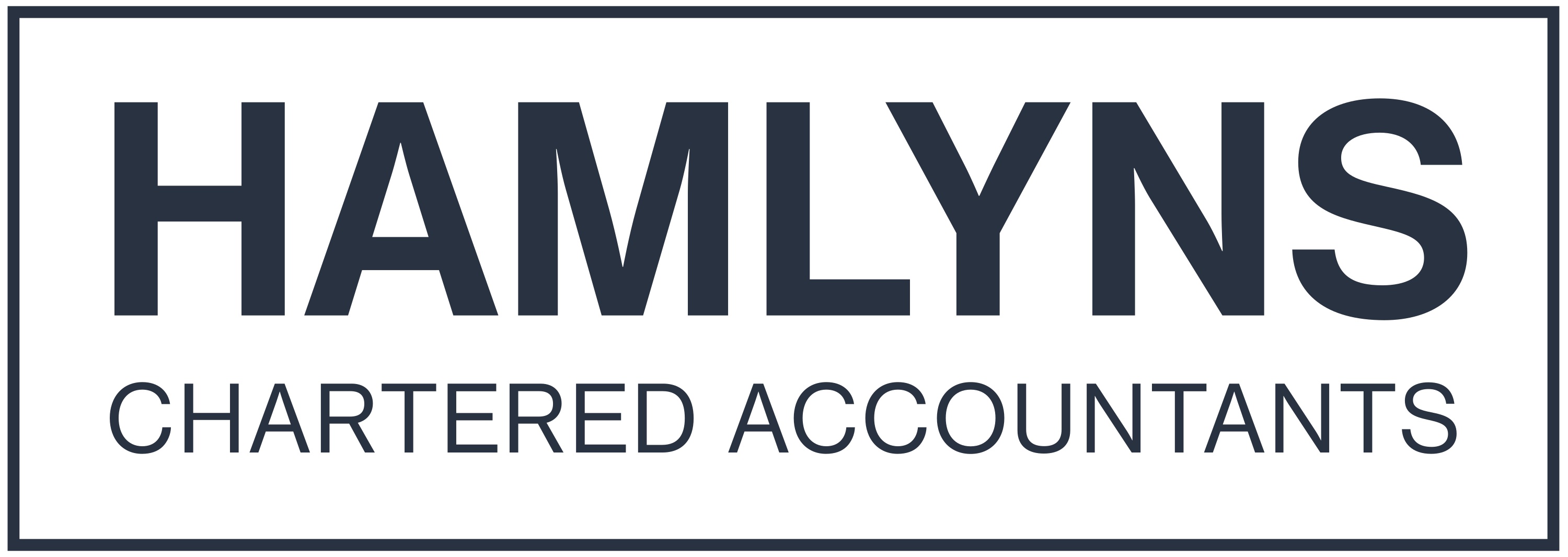Coronavirus Update – Date for Job Retention Scheme and more

Coronavirus Job Retention Scheme
HMRC have confirmed the expected launch date of 20th April for the CJRS. Do get in touch if you don’t get notified directly by HMRC on the necessary steps needed or just require some help from us.
July 2020 Self-Assessment – Payment on Account
The option to defer the July payment on account is open to anyone with a 2nd self-assessment payment on account due. It is therefore not necessary to be self-employed to be eligible for the deferral.
This deferral is optional and so those in self-assessment may still want to make the July payment to avoid a potentially large payment in January 2021.
HMRC have confirmed that they will not add interest charges on these deferred payments if they are fully settled by the 31st January 2021.
As this option is automatic, no deferment applications are required to be submitted to HMRC.
Deferring in July will mean that, under the current guidance, the January 2021 payment will be comprised of:
- Any deferred July 2020 payment on account
- Any balancing payment for the 2019/20 tax year
- The 1st payment on account for 2020/21.
Statutory Sick Pay Claim – More Guidance
Whilst the online service that businesses will use to reclaim SSP is not available yet. HMRC have released more information on how employers can reclaim up to 2 weeks SSP from the date of sickness.
The scheme can be used by employers if they:
- are claiming for an employee who’s eligible for sick pay due to coronavirus
- had a PAYE payroll scheme that was created and started on or before 28 February 2020
- had fewer than 250 employees on 28 February 2020
The scheme covers all types of employment contracts, including:
- full-time employees
- part-time employees
- employees on agency contracts
- employees on flexible or zero-hour contracts
Connected companies and charities can also use the scheme if their total combined number of PAYE employees are fewer than 250 on or before 28 February 2020.
Employers must keep records of all the statutory sick payments that you want to claim from HMRC, including:
- the reason why an employee could not work
- details of each period when an employee could not work, including start and end dates
- details of the SSP qualifying days when an employee could not work
- National Insurance numbers of all employees who you have paid SSP to
You’ll have to keep these records for at least 3 years following your claim.




